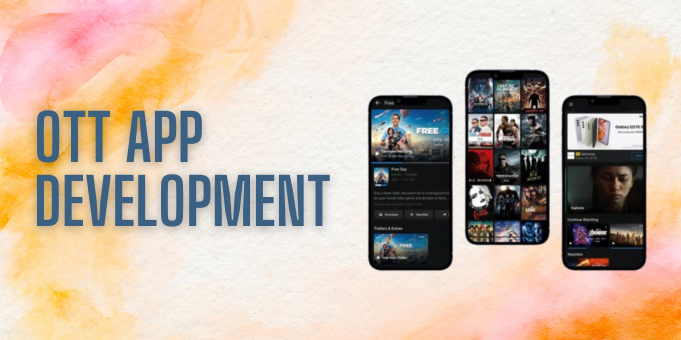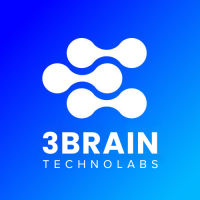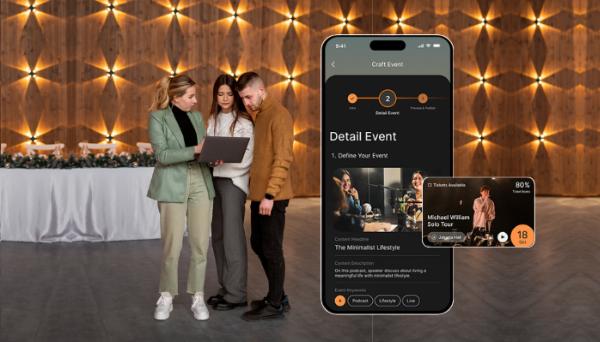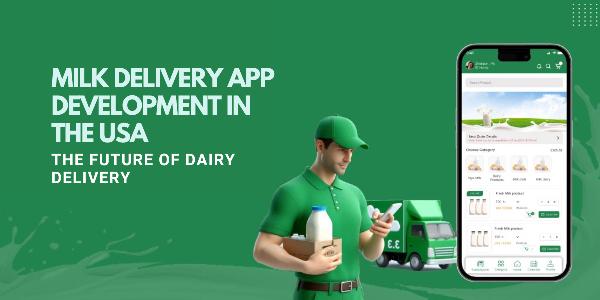The Ultimate Guide : OTT App Development

Strong 8k brings an ultra-HD IPTV experience to your living room and your pocket.
Understanding OTT Apps
In today's digital era, Over-The-Top (OTT) apps have become synonymous with entertainment and convenience. These platforms have revolutionized the way we consume content, offering on-demand access to a vast array of media anytime, anywhere. As the demand for OTT services continues to soar, businesses are increasingly recognizing the immense potential of investing in OTT app development. In this comprehensive guide, we delve deep into the intricacies of OTT app development, exploring its significance, essential features, development process, monetization strategies, maintenance, and future trends.
What are OTT Apps?
OTT apps, short for Over-The-Top applications, refer to software platforms that deliver content and services directly to users over the internet, bypassing traditional distribution channels such as cable or satellite television providers. These apps leverage the internet as the primary medium for content delivery, allowing users to access a diverse range of media content, communication services, and more through various internet-connected devices.
How do OTT Apps Work?
OTT apps operate by streaming content over the internet, enabling users to consume media on-demand without the need for specialized hardware or infrastructure. Here's a simplified breakdown of how OTT apps work:
1. Content Acquisition: OTT service providers acquire rights to a wide range of content, including movies, TV shows, music, games, and more, through licensing agreements with content creators and distributors.
2. Content Delivery: The content is then digitized and stored on servers, typically hosted in data centers, from where it can be streamed to users' devices over the internet.
3. User Access: Users access OTT apps through dedicated software applications installed on their smartphones, tablets, smart TVs, gaming consoles, or other internet-enabled devices.
4. Streaming: Upon launching the app and selecting their desired content, users initiate the streaming process, wherein the content is transmitted in real-time over the internet and rendered on their device screens.
5. Playback Control: OTT apps offer various playback controls, allowing users to pause, rewind, fast-forward, and adjust playback settings according to their preferences.
6. Personalization: Many OTT apps employ algorithms and user data analytics to deliver personalized recommendations, curated playlists, and tailored content suggestions based on individual viewing habits and preferences.
Types of OTT Apps
OTT apps encompass a wide range of services and functionalities, catering to diverse user needs and preferences. Some common types of OTT apps include:
1. Video Streaming: Platforms like Netflix, Amazon Prime Video, and Hulu offer a vast library of movies, TV shows, documentaries, and original content for on-demand streaming.
2. Music Streaming: Services such as Spotify, Apple Music, and Pandora provide users with access to millions of songs and playlists for streaming and offline listening.
3. Live TV: OTT apps like YouTube TV, Sling TV, and Hulu + Live TV offer live streaming of broadcast television channels, sports events, news programs, and more.
4. Gaming: Gaming-centric OTT platforms such as Google Stadia, Xbox Cloud Gaming (formerly Project xCloud), and PlayStation Now allow users to stream and play video games directly from the cloud without the need for specialized gaming hardware.
5. Messaging: Messaging apps like WhatsApp, Telegram, and Facebook Messenger enable users to exchange text messages, multimedia content, and engage in voice and video calls over the internet.
6. VoIP (Voice over Internet Protocol): VoIP services such as Skype, Zoom, and Google Meet facilitate voice and video calling over the internet, offering cost-effective communication solutions for individuals and businesses alike.
Why Invest in OTT App Development?
In today's fast-paced digital landscape, the demand for on-demand content has reached unprecedented heights, driving a paradigm shift in the way we consume media and interact with digital services. As businesses scramble to adapt to evolving consumer preferences, investing in Over-The-Top (OTT) app development has emerged as a strategic imperative. In this chapter, we'll explore the compelling reasons behind the surge in OTT app investment, the myriad benefits it offers for businesses, and the vast market opportunities and revenue potential it presents.
The Growing Demand for On-Demand Content
The proliferation of high-speed internet connectivity, coupled with the ubiquity of smartphones and smart devices, has fueled a surge in demand for on-demand content consumption. Today's consumers crave instant access to a diverse range of media content, including movies, TV shows, music, games, and live events, at their convenience. OTT apps cater to this demand by offering a seamless, personalized, and on-demand streaming experience, empowering users to access their favorite content anytime, anywhere, and on any device.
Benefits of OTT Apps for Businesses
1. Global Reach: OTT apps transcend geographical boundaries, allowing businesses to reach a global audience without the constraints of traditional distribution channels.
2. Direct-to-Consumer Engagement: By bypassing intermediaries, businesses can establish direct relationships with consumers, gaining valuable insights into their preferences, behavior, and consumption patterns.
3. Content Monetization: OTT apps offer diverse monetization opportunities, including subscription-based models, advertising revenue, pay-per-view, and partnerships, enabling businesses to maximize revenue streams and profitability.
4. Brand Building and Loyalty: A well-crafted OTT app can serve as a powerful branding tool, enhancing brand visibility, credibility, and customer loyalty through immersive and engaging content experiences.
5. Data-Driven Decision Making: OTT apps generate vast amounts of user data, which can be leveraged to inform strategic decision-making, content curation, personalized recommendations, and targeted marketing campaigns.
Also Read : How to Create a Grocery Delivery App in 2024: Complete Guide
Note: IndiBlogHub features both user-submitted and editorial content. We do not verify third-party contributions. Read our Disclaimer and Privacy Policyfor details.







